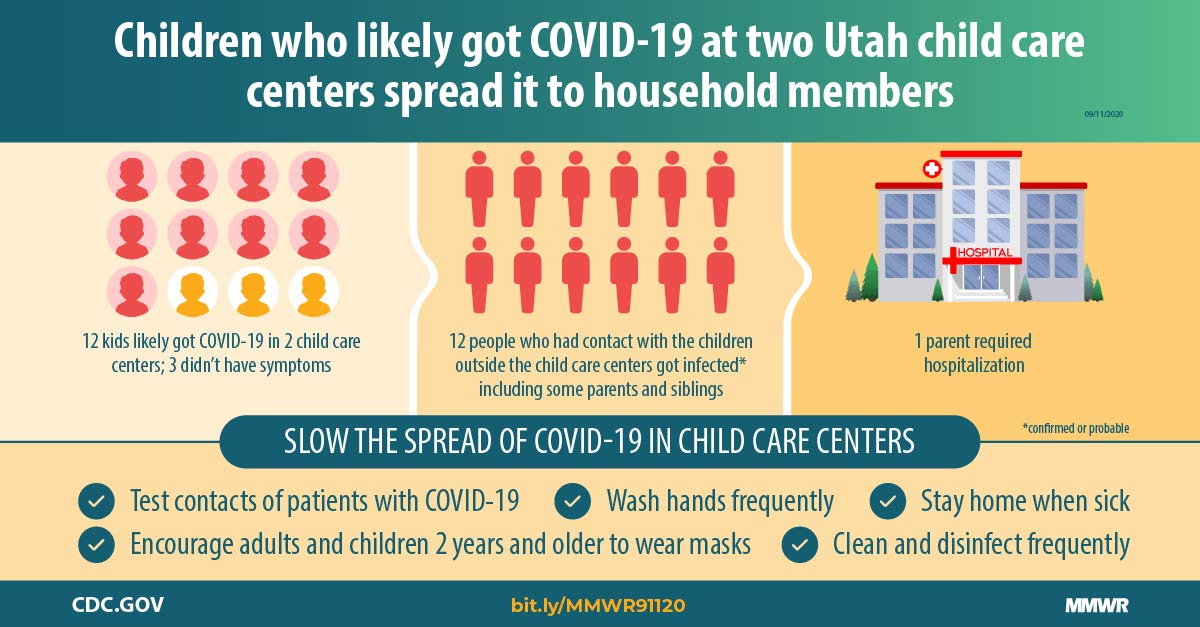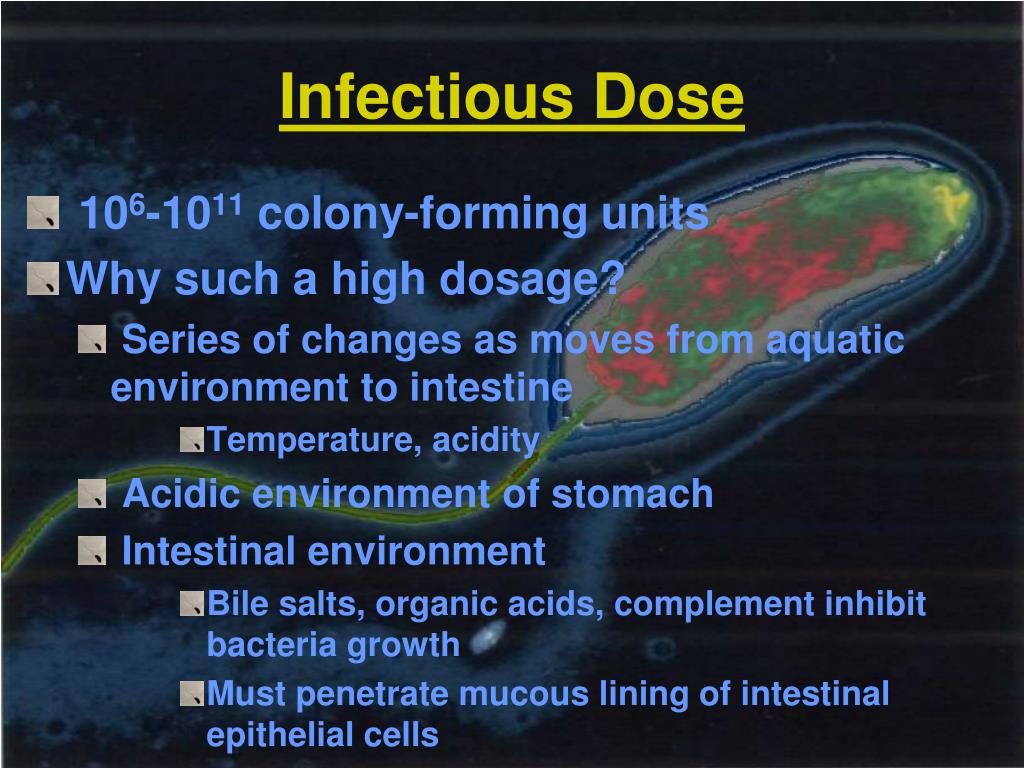


If the extracted rates are consistent for events with very different parameters, one can argue that transmission at those events was dominantly airborne. Using such a model to probe whether viral transmission can be airborne requires the following steps: (1) apply the airborne model to known event parameters to determine the rate at which infectious quanta are emitted based on the measured infection rate for the event and (2) test whether the rates extracted from different events are consistent. One approach applies an aerosol transmission model to certain well-known cases, such as the Skagit Choir case from March 2020, where 32 out of 61 singers were confirmed positive after 2.5 hours of singing practice. Many approaches can provide insight into whether or not virus transmission is dominantly airborne. 2 meters) is not sufficient to reliably prevent transmission. Finally, this work describes the conditions under which similar methods can provide actionable information on the transmission of other viruses.Īfter an initial period of controversy, it is now widely acknowledged that aerosols are a significant channel for transmission of COVID-19, and that separation by distances large enough to allow large droplets to settle ballistically (e.g.

Despite the uncertainties in the values of some parameters of the superspreading events, all five events yielded ( N 0∼300–2,000 virions), which is similar to published values for influenza. Given the q value for each event, the simple airborne transmission model was used to determined S q, the rate at which the index patient exhaled infectious quanta and N 0, the characteristic number of COVID-19 virions needed to induce infection. In particular we used a Wells-Riley exposure model to calculate q, the total average number of infectious quanta inhaled by a person at the event.

Applying the model to those events yields results that suggest the following: (1) transmission was airborne (2) superspreading events do not require an index patient with an unusually high viral load (3) the viral loads for all of the index patients were of the same order of magnitude and consistent with experimentally measured values for patients at the onset of symptoms, even though viral loads across the population vary by a factor of >10 8. For all events the likely index patients were pre-symptomatic or mildly symptomatic, which is when infective patients are most likely to interact with large groups of people. We probed the transmission of COVID-19 by applying an airborne transmission model to five well-documented case studies-a Washington state church choir, a Korean call center, a Korean exercise class, and two different Chinese bus trips.


 0 kommentar(er)
0 kommentar(er)
